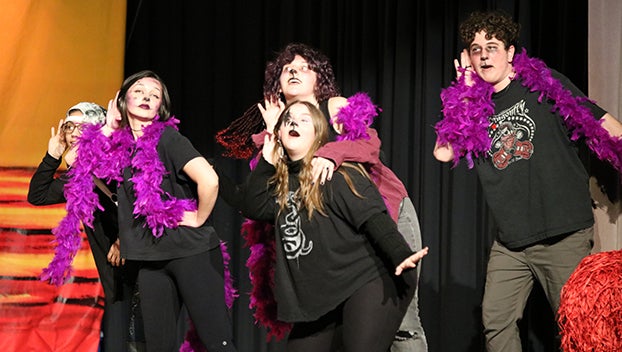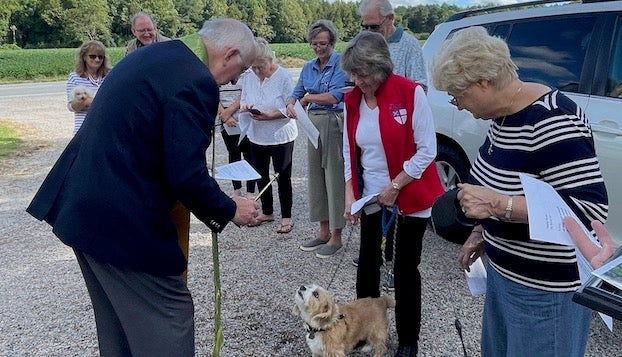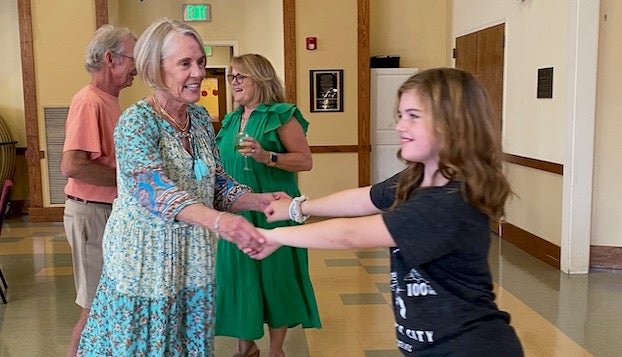Washington of yesteryear not so very different from today
Published 8:12 pm Friday, September 1, 2017

- MAIN STREET — THEN: Downtown Washington's Main Street looks rather quaint in this postcard, which bears a 1908 postmark. (courtesy George H. and Laura E. Brown Library, Washington)
Adding to the ambience of downtown Washington are the historic buildings that have stood the test of time, many for more than a century.
A stroll along Main Street and adjacent areas reveals sites of architectural interest often taken for granted.
Vintage postcards housed in the history collection of George H. and Laura E. Brown Library tell part of the story. But recently the Daily News set out to capture scenes as close as possible to those postcards, some of which date back 100 years or more.
The result of this little experiment is interesting. Yes, there have been changes but here and there is evidence that the Washington of our great-grandparents’ era is still very much alive.
More “Then & Now” postcards and photos will be featured in future editions of Pamlico Life in the Washington Daily News.

FIRST PRESBYTERIAN CHURCH — NOW: This 2017 photo of First Presbyterian Church shows additions and structural modifications made over the years. (Kevin Scott Cutler/Daily News)

FIRST PRESBYTERIAN CHURCH — THEN: One of Washington’s most historic churches, First Presbyterian Church, was built in 1823, rebuilt in 1871 and restored in 1954. This postcard depicts the church in the early 1900s. (Courtesy of George H. and Laura E. Brown Library, Washington)

MAIN STREET — NOW: A 2017 view of the same section of Main Street shows that, while there have certainly been changes, many of the older buildings remain today. (Kevin Scott Cutler/Daily News)

MAIN STREET — THEN: Downtown Washington’s Main Street looks rather quaint in this postcard, which bears a 1908 postmark. (Courtesy of George H. and Laura E. Brown Library, Washington)

PAMLICO/RIVER BRIDGE — NOW: Today’s view is of a different bridge but in the same location and with the same purpose. (Kevin Scott Cutler/Daily News)

PAMLICO/TAR RIVER BRIDGE — THEN: This postcard, dating back to the first half of the 20th century, shows the graceful span linking Washington with communities to the south. (Courtesy of George H. and Laura E. Brown Library, Washington)





